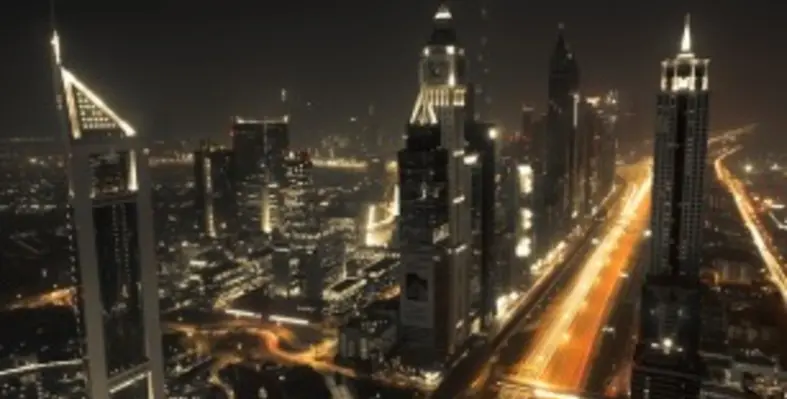With almost 68 per cent of the world?s population expected to live in cities by 2050, AESG?s forum in Dubai highlighted that proper planning of nature, neighbourhoods and networks is imperative for the well-being of urban residents
AESG has emphasised the Middle East cities to adopt new urban planning approaches that safeguard the future well-being of residents.
At the ?Designing for Healthy, Happy Cities,? the company was joined by a delegation from government, private sectors, academics and consultants. Phillipa Grant, head of energy and sustainable development at AESG, said, ?Cities impact both the physical and mental health of their residents, with major contributing factors being the access to outdoor spaces, environmental pollution, community connectivity, and safety and security.?
The panel highlighted the detrimental impacts of urban vs rural living, social isolation, increased stress and anxiety, air pollution and obesity. The expert discussed potential solutions to current and future issues.
Addressing an important question around the integration and utilisation of technology to enhance design solutions, three major elements in the design of healthy cities include:
Nature
The design and planning of cities should consider green spaces that allow residents to easily integrate interactions with nature into their daily routine.
Neighbourhoods
Communities need design principles that encourage social interaction to facilitate micro-interactions in small spaces such as in building common areas, stairwells and lifts.
Networks
Urban planners need to give due consideration to public transportation and the connectivity infrastructure provided in cities as ease of mobility can greatly contribute to the quality of life and happiness of residents. Furthermore, improve the health of residents by making walking or cycling an easier choice than driving.
?For the principles of healthy and happy city design to be widely incorporated in Middle East cities, they must be embedded in the design, rather than considered as a value engineering item,? said Katherine Bruce.
?In recent decades, the Middle East has become an epicentre for urban development and the emergence of smart cities. In this rapidly changing landscape, it is important for there to be well defined occupant-centric policies and guidelines that ensure ongoing development takes human physical and mental well-being into account,? Phillipa Grant concluded.





